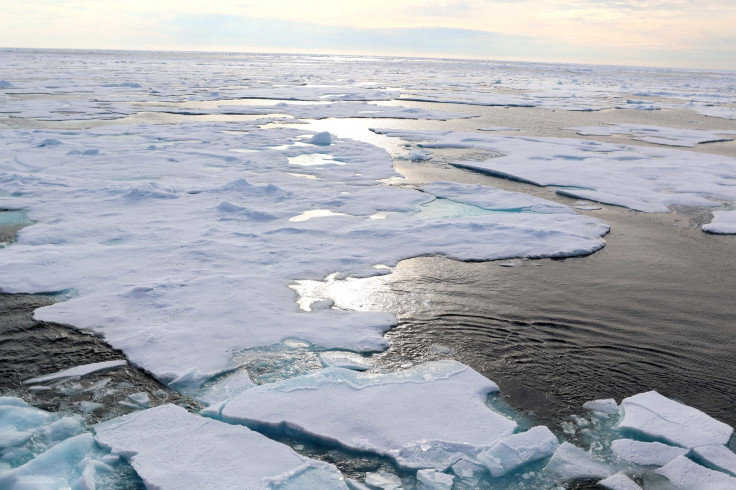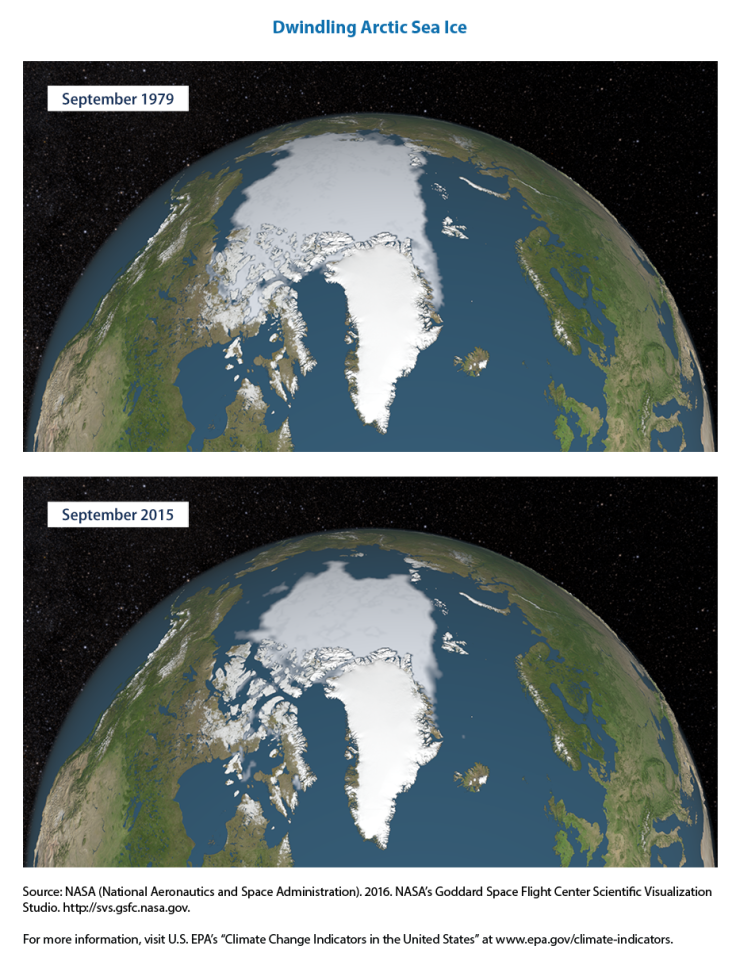Arctic Warming Faster Than Anywhere On Earth: 2017 Third Hottest

The year 2017 officially took third place in the competition for hottest year on record, behind 2016, the warmest year, and 2015 the second warmest, according to the National Oceanic and Atmospheric Administration. What makes 2017 stand out is that there was no El Niño, a natural process that warms a large portion of the Pacific Ocean.
While the entire planet saw warmer than average temperatures, the part that’s known for being covered in ice actually warmed the most. The Arctic, the area above 60 degrees North latitude, or roughly where Anchorage, Alaska, sits and everything above it, warmed more in 2017 than any other region on Earth did, according to NOAA.
“One of the reasons is [that] the climate in the Arctic is heavily influenced by ice, so that includes snow on the ground and sea ice that is floating in the arctic,” Jake Couch a climate scientist with NOAA told International Business Times. As temperatures rise, sea ice melts and there’s less snow on the ground for a shorter period of time. In the Arctic specifically, sea ice has actually been melting about three percent per decade research shows.
When the region warms, it starts a sort of chain reaction that leads to more warming and more melting. In short, “The heating causes sea ice melt and the sea ice melt causes more heating,” Crouch said. This happens because ice and snow are white and reflective and when either one melts, the space left behind is darker and absorbs the heat that area previously reflected. “As sea ice is melting that solar energy is hitting the dark ocean and is causing the ocean to warm and that warm ocean is causing the sea ice to melt,” Crouch told IBT.
In addition to this melting, snowpack is arriving later than usual, as is sea ice. In Barrow, Alaska, there were record low levels of sea ice in 2017. Conditions like that can cause a cascade of problems for the people, ecosystems and environment in those areas.
Barrow saw erosion, a common issue that can occur when storms hit but there’s no ice protecting the land, as well as flooding. The lack of ice can also make hunting and fishing more difficult for the people who rely on it and those who rely on snow as a source of water find themselves stuck as well, Crouch said. Other issues including a higher risk of drought, the chance for wildfires to start and conditions for invasive species to thrive are also risks that come with warmer temperatures.
A colder year here or there won’t do anything to stop this trend either. To really slow or stop the cycle of melting there would need to be decades of colder temperatures. “All indication is that the warming trend is going to continue,” Crouch said.
“According to the most up to date science the majority of the warming we're seeing worldwide is related to human activity,” Crouch added, “Specifically the burning of fossil fuels and adding the greenhouse gases to the atmosphere.”

© Copyright IBTimes 2025. All rights reserved.




















